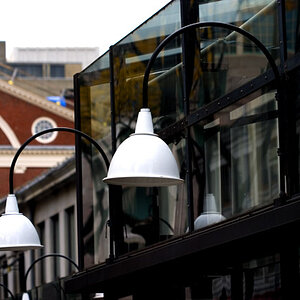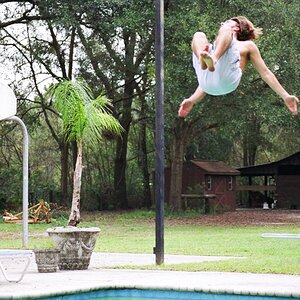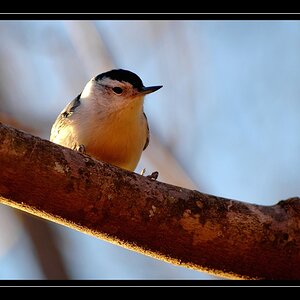citjet
TPF Noob!
- Joined
- Sep 17, 2009
- Messages
- 131
- Reaction score
- 0
- Location
- Brightwood Oregon
- Can others edit my Photos
- Photos NOT OK to edit
Just wondering since these dont seem to be readily available but make sence when working with snow and sky or water and sky together.













